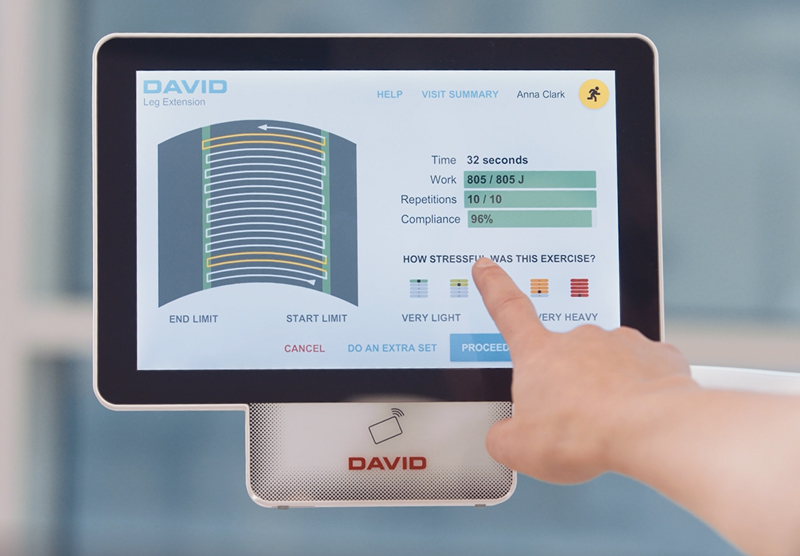Research - Validation Studies
Kinetic and electromyographic analysis of single repetition constant and variable resistance leg press actions.
Year: 2011 Country: Finland Study Population: 9 healthy, untrained men
Walker S, Peltonen H, Avela J, Häkkinen K. Kinetic and electromyographic analysis of single repetition constant and variable resistance leg press actions. Journal of Electromyography and Kinesiology 2011;21(2):262-269.
Objective
To compare constant resistance and different variable resistance settings on concentric force, velocity, power, and EMG during a leg press exercise using various loads and lifting velocities.
Methods
Assessment of single contractions using 40%, 60%, and 80% of one repetition maximum with both steady-paced and explosive contractions.
Concentric force, velocity, power, and EMG (from the vastus lateralis, vastus medialis, rectus femoris, and biceps femoris muscles) were assessed at 20 segments throughout the leg press range of motion (60–180).
Outcome
The use of variable resistance during the leg press exercise can increase force and consequently EMG activity at larger knee angles during single repetition steady-paced contractions. During explosive contractions, it may be that constant or indeed reduced resistance at large knee angles may provide a velocity-specific advantage during training.
